Last month, in a post titled “Notes from Atlantis,” we looked at Civilisation, the BBC series produced in 1968, just as the lights were going out on postwar middlebrow culture. On both side of the Atlantic, the “culture” that succeeded it in the following decade was alternately garish, plastic, violent or all three, as once-confident postwar liberals had pretty much talked themselves into a permanent malaise by 1968; the American public choosing Richard Nixon simply sealed the deal. But on American late night TV, one man was a reassuring constant through both eras. Kathy Shaidle links to a lengthy and for the most part beautifully written* 1978 New Yorker profile of Johnny Carson by Kenneth Tynan. This lengthy 580 word paragraph — longer than many entire Web articles these days — explains much about the inner workings of the Tonight Show and its host:
Carson’s office Suite at Burbank is above the studio in which, between 5:30 and 7 p.m., the show is taped. Except for his secretary, the rest of the production team occupies a crowded bungalow more than two hundred yards away, outside the main building. “In the past couple of months,” a receptionist in the bungalow said to me not long ago, “I’ve seen Mr. Carson in here just once.” Thus the king keeps his distance—not merely from his colleagues but from his guests, with whom he never fraternizes either before or after the taping. Or hardly ever: he may decide, if a major celebrity is on hand, to bend the rule and grant him or her the supreme privilege of prior contact. But such occasions are rare. As Orson Welles said to me, “he’s the only invisible talk host.” A Carson guest of long standing, Welles continued, “Once, before the show, he put his head into my dressing room and said hello. The effect was cataclysmic. The production staff behaved the way the stagehands did at the St. James’s Theatre in London twenty-five years ago when Princess Margaret came backstage to visit me. They were in awe! One of Carson’s people stared at me and said, ‘He actually came to see you!’ “ (Gust of Wellesian laughter.) Newcomers like me are interviewed several days in advance by one of Carson’s “talent coördinators,” who makes a list of the subjects on which you are likely to be eloquent or funny. This list is in Carson’s head as you plunge through the rainbow-hued curtains, take a sharp right turn, and just avoid tripping over the cunningly placed step that leads up to the desk where you meet, for the first time, your host, interrogator, and judge. The studio is his native habitat. Like a character in a Harold Pinter play, or any living creature in a Robert Ardrey book, you have invaded his territory. Once you are on Carson’s turf, the onus is on you to demonstrate your right to stay there; if you fail, you will decorously get the boot. You feel like the tourist who on entering the Uffizi Gallery, in Florence, was greeted by a guide with the minatory remark “Remember, Signore, that here it is not the pictures that are on trial.” Other talk hosts flatter their visitors with artificial guffaws; Carson laughs only when he is amused. All I recall of my first exposure to the Carson ordeal is that (a) I had come to discuss a controversial play about Winston Churchill, (b) the act I had to follow was the TV début of Tiny Tim, who sang “Tip Toe Through the Tulips,” (c) Carson froze my marrow by suddenly asking my opinion not of Churchill but of General de Gaulle, and (d) from that moment on, fear robbed me of saliva, so that my lips clove to my gums, rendering coherent speech impossible. The fault was mine, for not being the sort of person who can rise to Carson’s challenge—i.e., a professional performer. There is abundant evidence that comedians, when they are spurred by Carson, take off and fly as they cannot in any other company. David Brenner, who has been a regular Carson guest since 1971, speaks for many young entertainers when he says, “Nowhere is where I’d be without the ‘Tonight Show.’ It’s a necessary ingredient. . . . TV excels in two areas—sports and Carson. The show made my career.”
“TV excels in two areas—sports and Carson.” Heh, indeed. Needless to say, read the whole thing. HI-YO! (To blend new and old media metaphors.)
Yes, as Kathy writes in her link to the Tynan article, Carson displayed a “cold-warmth” on the air — but somehow it worked; Carson’s persona was the very definition of McLuhan’s phrase about TV being a cool medium. Yes, Carson was a reactionary liberal. (Note Tynan’s recurring leitmotif of the sacred leftist gasbags who passes for Carson’s favorite highbrow guests: “Carl Sagan, Paul Ehrlich**, Margaret Mead, Gore Vidal, Shana Alexander, Madalyn Murray O’Hair.” Plus Jane Fonda.) Yes, the 1970s was just as brutal a decade as our current one. Yes the old Hollywood that Carson identified with was in its final Grand Guignol phase in the 1970s. But who wouldn’t want to see a talk show host like Johnny Carson again? Not that today’s Hollywood is capable of producing such a man, of course.
* There’s a few clangers along the way, just to remind the reader that (a) it’s the 1970s and (b) it’s the reflexively liberal New Yorker (not to mention Tynan himself). But much like the late Carson compared to his successors, this iteration of the New Yorker reads infinitely more stylishly than its current post-Tina Brown incarnation. But then, it had much better material to work with.
** Stacy McCain has lots of fun teeing off on Ehrlich’s recycled Malthusianisms in a must-read new post.



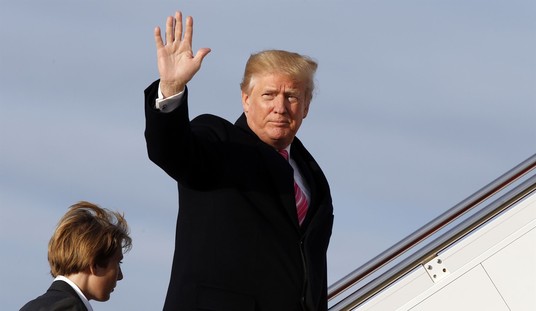

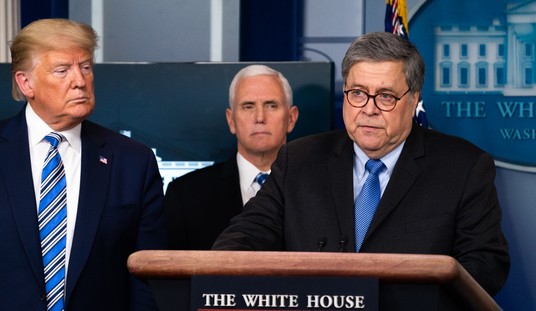
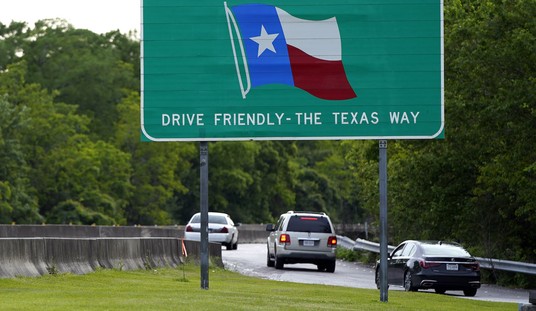
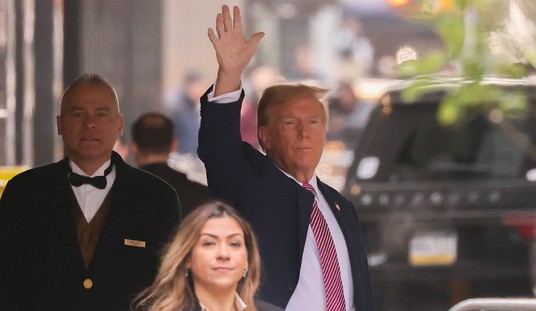
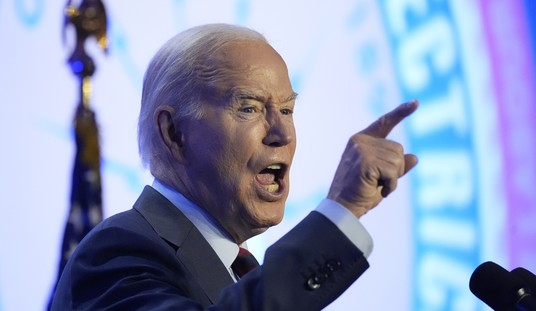
Join the conversation as a VIP Member